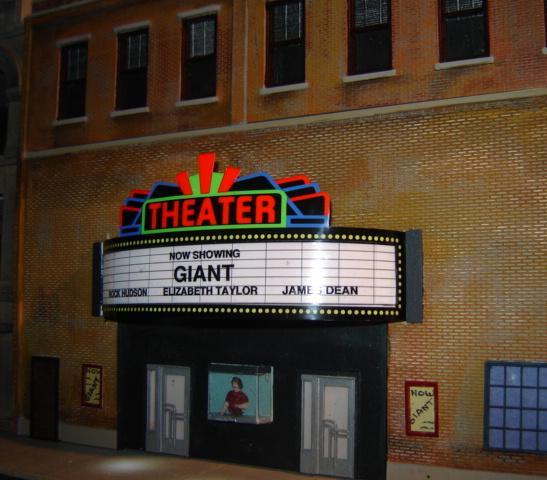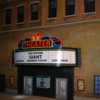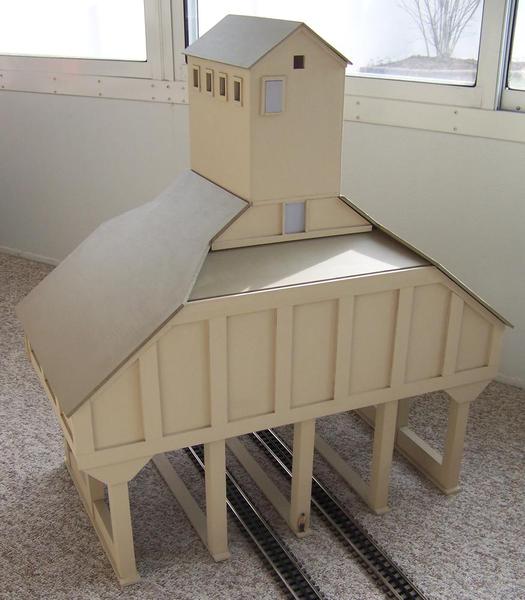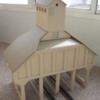In addition to what's been mentioned, one can also use CorelDraw and the laptop. Model railroader and the various Kalmbach books have plans for gobs of great buildings. Unfortunately (for us) 99% of them are HO or N. They fit on a scanner platen very nicely and can be imported into CorelDraw (or other vector drawing program). After importing, enlarge the drawing in computer by 181% and it will now be O'Scale. Put the drawing on its own layer and lock it. Draw your own plans directly over it and print them out. If they take up more than one piece of paper, set the print to "Tiling" and tape the pieces together.
If you're going to use a photo of a real building, where the scale is indeterminate, here's how I approach it. I've created a "measure stick" which is a 1X3 that's about 5 feet tall. I've marked off intervals of 1 foot with black tape. I place the stick next to the building and then take the picture. When I import the picture into the computer, I set up two guidelines exactly 1" apart on the screen with the scale set 1:1. This is 4 feet in O'Scale.
Enlarge the drawing until the the bottom mark and the four foot mark coincide with these guidelines. When you're drawing coincides with the lines, the drawing is now O'Scale. You can then draw your own plans over the imported picture. This works great when you want to make a model of your home, small train stations, small buildings, etc. I wouldn't use it to make a steel mill or large factory since the measure stick would be invisible in the picture. For pictures without a measure stick, find a recognizable object in the picture which you can estimate the size, such as a 7 foot entry door. Set your guidelines of the O'scale equivalent of 7 feet (1.75") and enlarge the picture so the entry door coincides with those guidelines.
With your own working drawings, you can build directly over them a la model airplane building, or you can spray your drawing with 3M77 spray adhesive, glue it on your styrene sheet and cut right on the lines. It works and makes very accurate constructions.
CorelDraw enables you to work to very tight specs and produces very accurately without the X-Y dimensioning that CadCam programs require.









